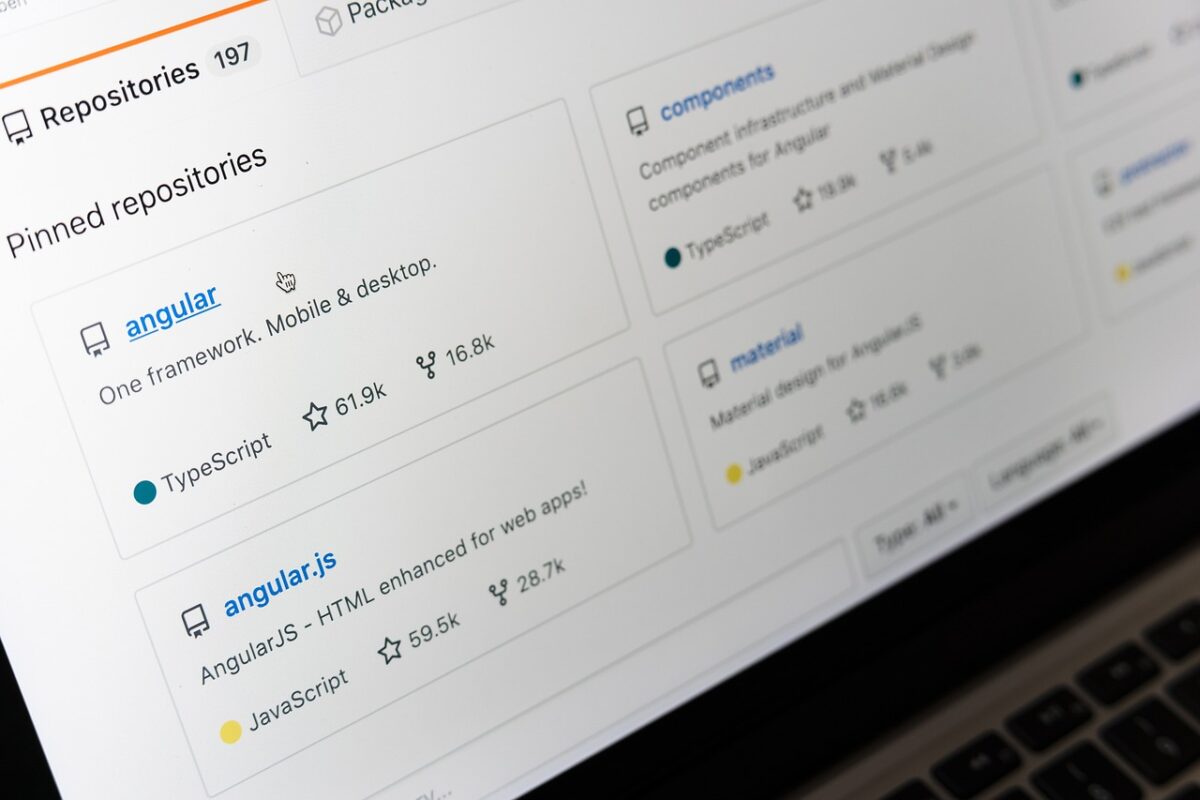A web app is software stored on a server and accessible through a browser.
It acts like a mobile app, but unlike mobile apps, you do not need to download or install it because it is not native to any particular system – all you need is a browser and an internet connection.
Web apps allow businesses and organisations to provide products and services to users in an easy-to-access manner and convenient platform at a reduced cost compared to native app development.
To make the best use of this technology, there are some essential practices you must consider, as they can help you develop an efficient and high-performing application.
In this article, we provide you with a list of the best practices to develop scalable and responsive web applications that can improve your business.
Choose The Right Web App Architecture
Web app architecture refers to the organization and interactions between servers, databases, and applications in a system that ensure the functionality of a web app.

There are several types of web app architectures, including monolithic, microservice, and serverless.
The choice of web app architecture depends essentially on the complexity of your project as well as your budget and deadlines and, of course, your development team’s expertise.
When deciding on the type of architecture you are going to employ, consider the following steps:
- Choose an architecture that can easily scale;
- Employ modular design principles that allow you to break down the app into reusable components, making the app simpler;
- Ensure that your architecture choice contains necessary security elements, such as authentication and data encryption;
- Always test your architecture to determine if it performs as expected.
Build A Responsive Design
Responsive design is an approach that focuses on the performance of web apps across different devices.
It ensures that applications adapt to various screen sizes and platforms without compromising the user experience.
Responsive design is especially relevant for creating an enhanced UX, as it enables users to enjoy the app on any device without confusion or frustration.
Building a suited responsive design depends on a few crucial practices:
- Ensure the most important content and features are accessible on all devices;
- Use adaptive layouts and responsive typography;
- Prioritise simple and familiar design patterns to make the user experience easier and more pleasant;
Optimize Performance
Slow load times, unresponsive pages, and lack of structure are enough to throw the users off.

Optimal performance is, thus, key to enhancing user engagement and satisfaction.
On the other hand, poor performance will create user confusion, frustration, and, ultimately, abandonment.
To achieve the best web app performance, you must ensure you put the following tips to practise:
- Compress images to ensure faster load times;
- Optimise the app’s code to enhance efficiency;
- Ensure that the most relevant content and features are always available on every device;
- Reduce the number of HTTP requests;
- Monitor the performance of your regularly using analytics tools.
Prioritise Scalability
There is a lot of talk about scalability – and rightfully so, as it is one of the most important aspects to consider when developing a web app.
Scalability refers to an app’s capacity of handling growing traffic, data collection, and user activity without compromising performance.
When developing an app, it is advisable to plan for significant expansion and popularity so that the app does not collapse early on and cause user disappointment.
Additionally, planning for future growth can help businesses reduce the costs of upgrading the app later.
If you want to make your app scalable, consider these crucial steps:
- Opt for horizontal scaling through a distributed architecture;
- Distribute traffic across several servers;
- Ensure your app’s database is capable of processing growing amounts of data;
- Automate your scaling processes.
Conclusion
Web applications help businesses provide products or services to customers more efficiently and cost-effectively.
But to develop a high-performing web app, there are a few essential steps you must take: choose the right web app architecture, build a responsive design, optimize performance, and prioritize scalability.
If your business would benefit from a web app – it most likely would – but you are not sure where to start, reach out to experts in app development in London to obtain a functioning, optimized web app.
Ella Marcotte
Latest posts by Ella Marcotte (see all)
- UA vs GA4: The 4 Big Differences You Need To Know - April 8, 2024
- Understanding The Role Of Control Valves In Industrial Automation - April 8, 2024
- How Automation Can Boost Your Business Outcomes - April 4, 2024




